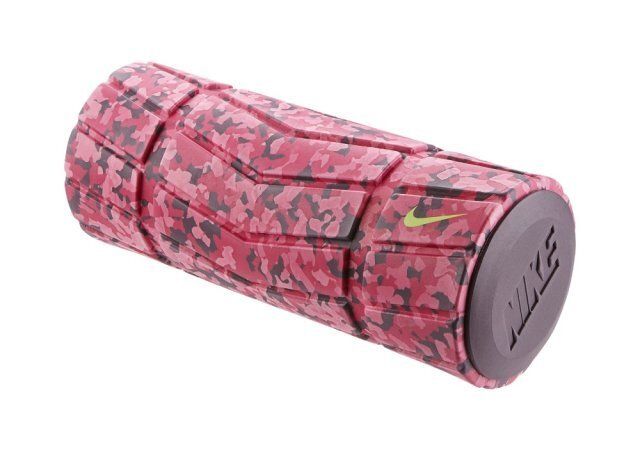The current love for YouTube fitness videos and body weight training classes means that traditional gym gear has taken a hit – we all want to channel our hard-earned cash into workouts that work hard instead of investing in a ton of equipment that will rarely get used.

That's all well and good, but according to fitness experts there is one piece of kit that is worth getting. No matter what your exercise fancy, be it Pilates, aerobics, running or HIIT, the humble foam roller could be the difference between an awesome workout and a #fitnessfail.
"Foam rollers are super versatile fitness aids," says Louisa Drake, PT and founder of the Louisa Drake Method. "They're usually no bigger than a rolled-up yoga mat but can transform how far you can push yourself during a workout."
This kind of 'rolling' works as a self-myofascial release technique, which essentially means that it helps to reduce inflammation in the connective tissues of our muscles. These tissues can become restricted through exercise, or long periods of inactivity, which makes them much more prone to painful inflammation or injury during your workout.
"It's a simple but effective way to release tense and tight muscles in my clients (and myself!)," explains Louisa. "Rolling the foam cylinder under muscles groups that feel tender can not only improve muscle performance for a longer and more challenging workout but also speeds up recovery afterwards."
One of the best things about a foam roller is the fact it can be used before, during and after your session. "Use it to warm and loosen your muscles so you work out more effectively, then to challenge your core stability during your workout and finally to work over the sore spots afterwards. Treat it as your own personal masseuse!
Rollers are enjoying a moment, partly down to the surge of people showing more interest in fitness but also due to recent research into their benefits. A study published in the Journal of Strength and Conditioning Research found that foam rolling was an effective treatment to increase range of motion in participants. In fact, only two minutes of foam rolling displayed increased range in some muscle groups.
But it's interesting to note that foam rolling isn't a new kid on the exercise block. According to Louisa, they've been around since the 1940s. "Rolling was traditionally used by physical therapists, coaches and trainers in the sport and dance world. Dr. Moishe Feldenkreis developed a system called 'Awareness through Movement' in the 40s which included some of the first examples of using the foam roller as a therapeutic tool.
So, how can you use the foam roller to get the most benefit? Louisa shares her tips:
1. Take it slow
"Ease into rolling out with purposeful movements, covering about an inch per second. Breath calmly and try to relax whilst rolling, even if it sometimes feel painful."
2. Focus on the tenderness
"The painful areas and knots are where you want to focus on. It's best to pause for several seconds over a particularly tight area, then you should feel the muscle releasing."
3. Go sideways
"Build up to moving in multiple directions, rather than just up and down, to explore the whole body. It's important to try to seek out those tight muscle groups. But remember never to roll a joint or bone – this is muscle massage."
4. Drink up
"Rolling out hydrates your tissue but drinking more fluids beforehand helps to prepare your muscles. Hydrated tissue is more pliable compared to dehydrated tissue that is sticky."
5. Ask an expert
"The PTs in your gym or exercise studio should have an understanding and knowledge of how to use a foam roller, so make use of them and ask to try it a couple of times together. Once you get used to the speed and sensation of rolling, it will feel great!"
(The foam roller pictured is £30 from Nike.)
Need workout inspiration? A new gym kit might get you motivated...